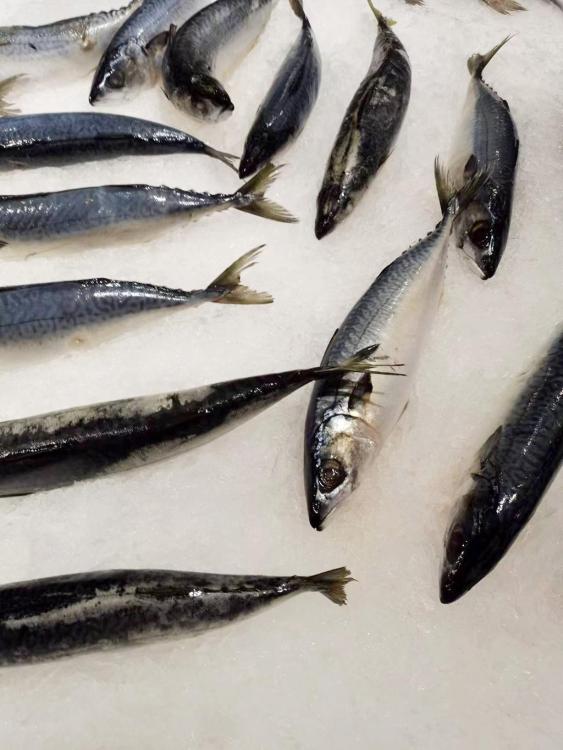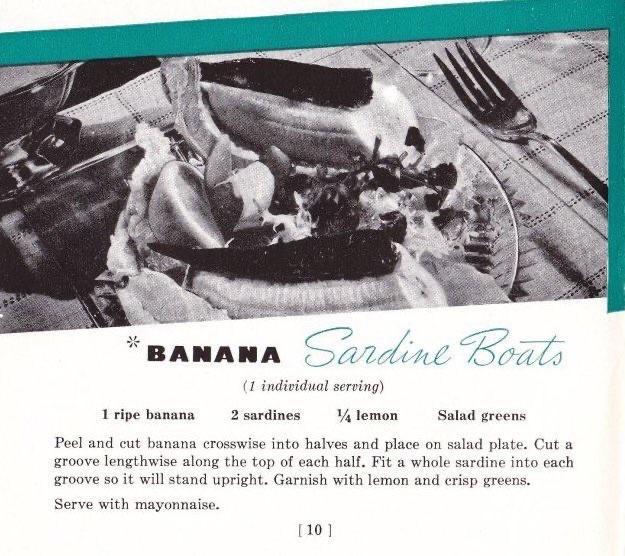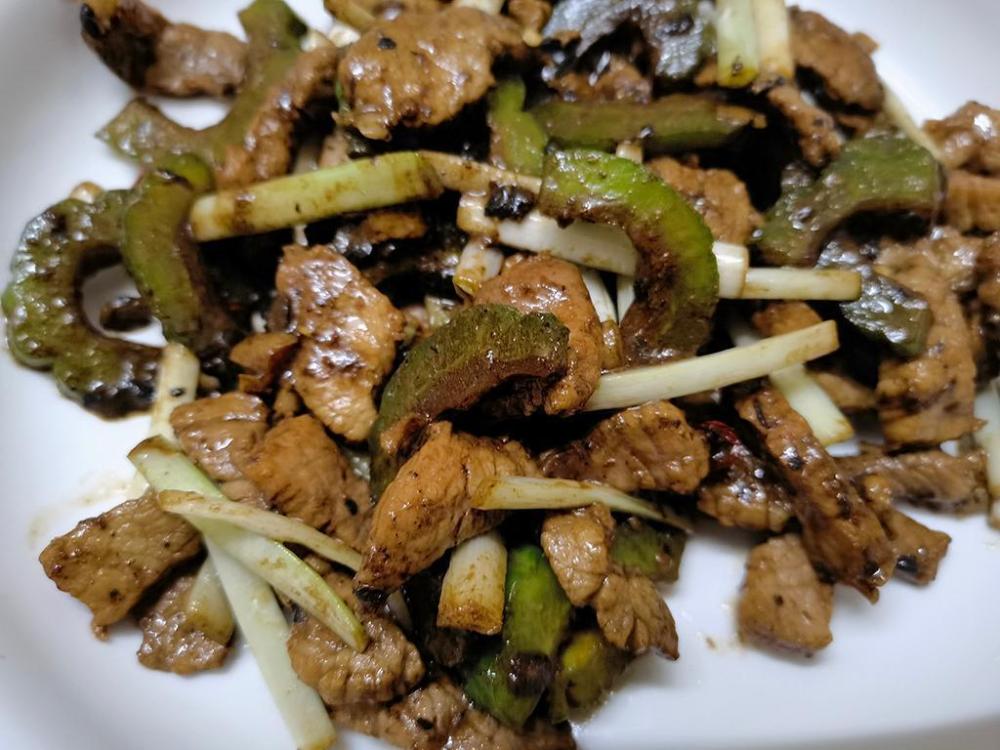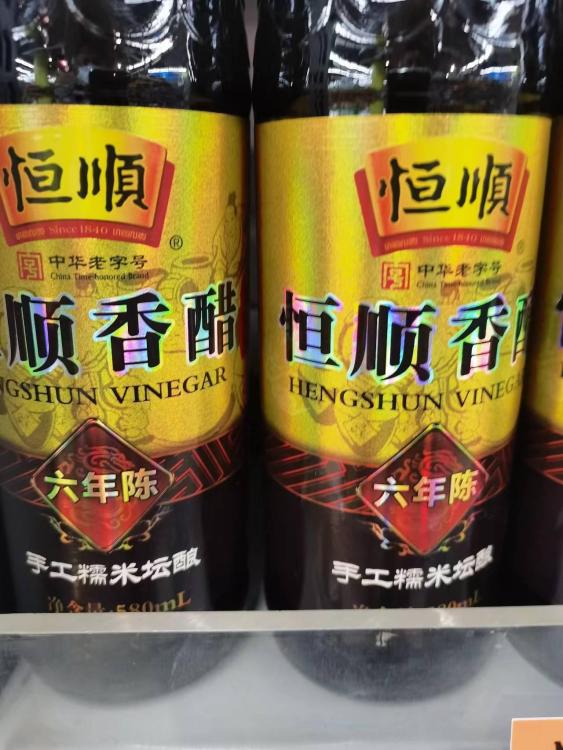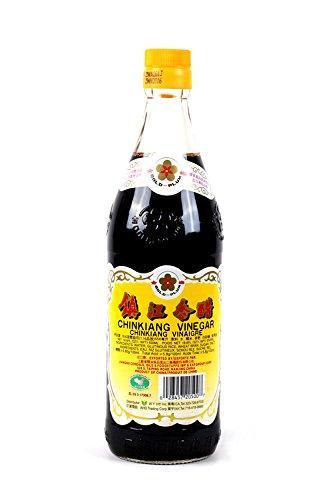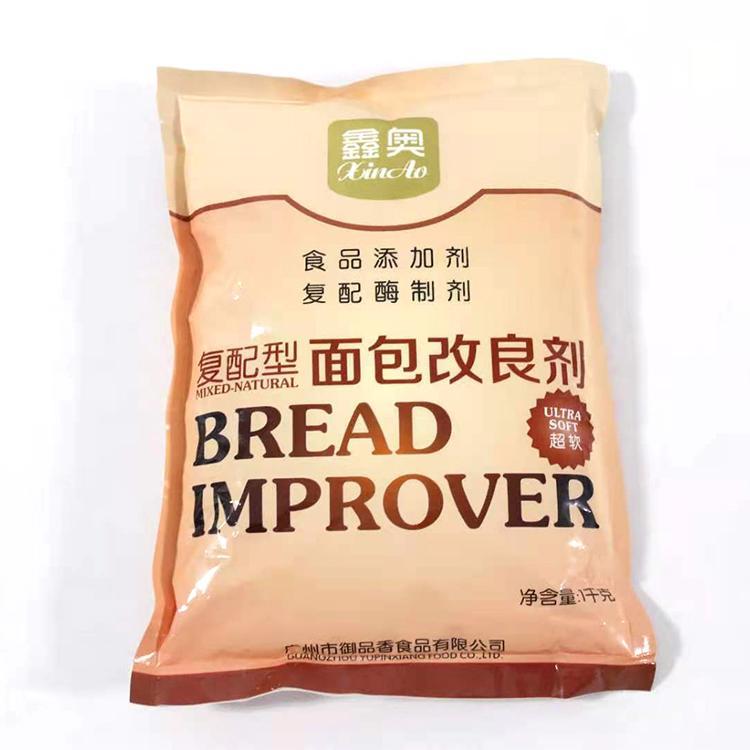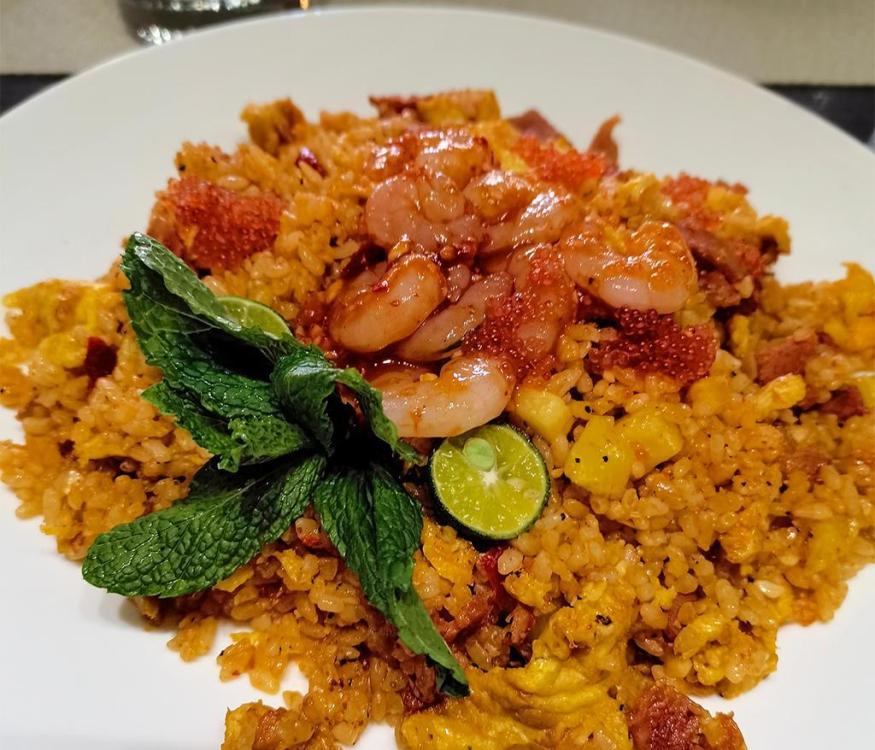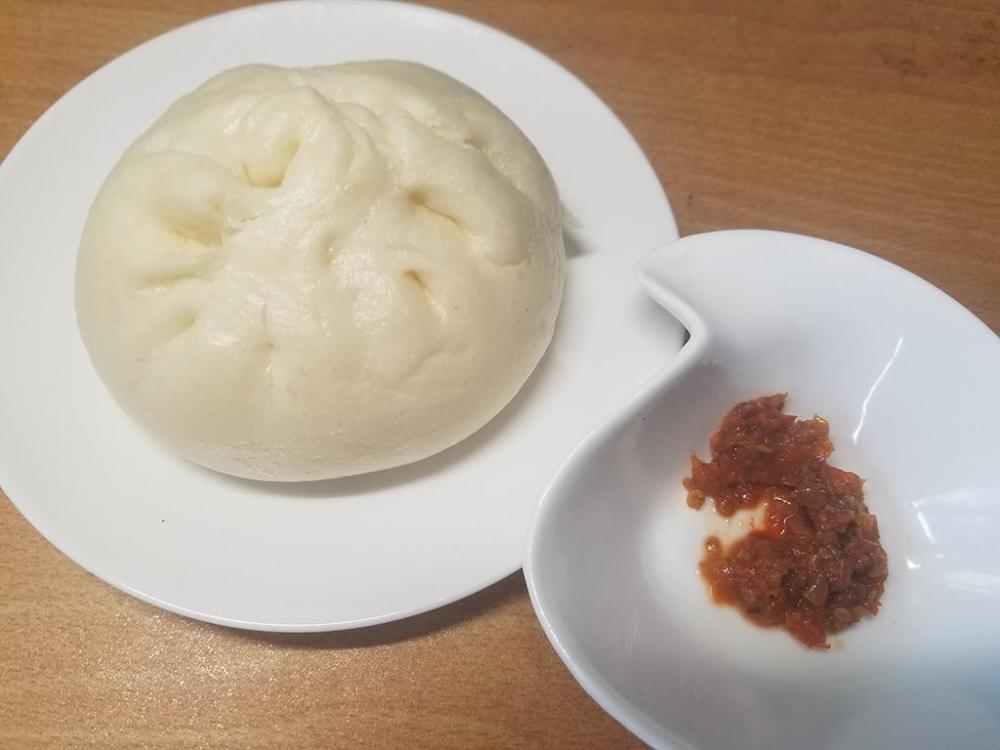-
Posts
16,663 -
Joined
-
Last visited
Content Type
Profiles
Forums
Store
Help Articles
Everything posted by liuzhou
-
These are Chub Mackerel (Scomber japonicus). In Chinese, they have many names, but the one preferred here is 花池鱼 (huā chí yú). Also, known in English as the Pacific mackerel, they are closely related to the Atlantic mackerel. Despite the japanicus in the scientific name, they are found (and farmed) worldwide and often turn up in canned fish products and cat food. That said, they are high in nutritive value. Those in the image are about 8 to 10 inches in length.
-
I did toy with the idea of Food Funnies, but in the end decided it was only funny because it was such a bad idea.
-
- 394 replies
-
- 11
-

-

-

-

-
It depends on the store and on the home cook.
-
@mgaretz has already confirmed that above.
-
Pork with fermented black bean sauce with bitter melon and hothouse chives. Fermented black beans, chili, garlic, ginger, Shaoxing wine, soy sauce.
-
@mgaretz I'm hoping NFG means something different in your kitchen than it does in mine.
-
Yes, but baked goods and pastry are not actually that common and still, not many include sesame seeds. Agree the Middle East is more prolific in its use of sesame than China or Korea.
-
I think it's more of an American thing. Just look at a McD's hamburger bun!
-
This is the premium brand of Zhenjiang vinegar that I regularly buy. 6 year aged. 恒顺 (héng shùn) is by far the largest producer in Zhenjiang. The last line of text - 手工糯米坛酿 (shǒu gōng nuò mǐ tán niàn) indicates that it is hand made from glutinous rice. It does cost about 3 to 4 times the price of the Shanxi vinegar.
-
Obviously I'm not @CantCookStillTry but I'm sure "chokos" are what you may call "chayote".
-
Not that particular brand, but I know of it. It is a well-respected Zhenjiang vinegar (and Zhenjiang is the premium black vinegar). I am wondering though if it has an age indication of the label. This is normally 3 years at minimum. The Zhenjiang I buy is 6 years aged, but I've also seen 5 years and once, when I was in Zhenjiang, I bought an awesome 9 year aged version. The age is indicated either in Arabic numerals or Chinese (both are used here). 3 years = 三年 5 years = 五年 6 years = 六年 9 years = 九年 If there is no age indication, then it's almost certainly 3 years, the minimum. Also the ingredients should be only water, glutinous rice, wheat bran, sugar, salt. No caramel, no peas!
-
-
In addition to my sesame oil surprise above, let me point out that we don't sprinkle sesame seeds on every dish. In fact, we do so extremely rarely. I have literally hundreds of photographs of dishes cooked here by home cooks, restaurants and a few from me. I've been looking through them and can't find any with sesame seeds on them.
-
I don't know that specific brand, but Shanxi Aged Vinegar is possibly the most easily available black vinegar here. Being cheaper than Zhenjiang may help. I'm a bit surprised by some of the ingredients, though. Peas? Also, surprised it doesn't seem to give an age. That would be more normal.
-
I would just add that it is very common in China to add a flour improver formulated specifically for steamed breads and buns etc. Do you have a Chinatown in Capetown. I know Johannesburg does (I have a cousin living there). Amyway, they would proably have it. If there is no English on the packaging, you can look for the characters 改良剂 or 改良劑 (both pronounced gǎi liáng jì, which means 'ímprovement agent'. However, it isn't essential. I seldom use it.
-
I look forward to seeing your results!
-

Don't Eat Animals that Defecate Where They Eat
liuzhou replied to a topic in Food Traditions & Culture
Why pick on farmed fish? Wild fish don't exactly climb out of the water and visit a public convenience, do they? I've never seen cows abandon their fields to visit a bovine lavatory elsewhere. Nearly all animals shit where they eat - very few don't and most of those are creatures we don't normally eat. -
Lunch with a friend in a local restaurant. It's a weird kind of place. The menu is a blend of Chinese and other Asian dishes alongside steaks, pizza and Italian pastas. This was billed as Texan beef pizza. It consisted of a spongy, wafer-thin, undercooked crust on which were some raw onions, bacon of some sort, 'cheese' apparantly made from recycled toothpaste tubes and oversweet BBQ sauce. The bovine had obviously run away and left no trace behind. We should have done the same. Next came a better dish. Spicy shrimp fried rice. Nothing I could have done better at home, though. Still it was nice to catch up with my friend. She is the director of the city CDC, so has been very busy. This week we have a Guangxi only public holiday. Three days off, although she still spent have our lunchtime on the phone. Always on duty.
-
135 grams. Apologies. Have edited.
-
It doesn't make sense, does it. I'll check when I'm home. Eating lunch in restaurant, now.
-
-
Here is my summary translation of the recipe for baozi dough in a Chinese language cookbook. As ever with these cookbooks, they do assume a bit of prior knowledge. Dough Ingredients Flour 250 grams ter 135 grams Instant Yeast 3 grams White Sugar 10 grams Vegetable Oil 1 Small Spoon Mix all the ingredients for the dough and form into a soft ball. Place in a bowl, cover and leave in a warm place until it doubles in size. In the meantime, prepare your filling of choice. Take the double-sized dough, punch out the air and knead thoroughly. Roll out and cut into even bun-sized pieces. Roll each out into circles, making them thicker in the centre and thinner at the edges*. Press the wrappers to together and twist at the top, making sure they are fully sealed. Do not overfill. Place into a lined steamer basket above a pot of water and cover with a lid, but do not apply heat yet. Leave the buns there 15 minutes to rest. Turn heat to high. When the water is boiling, reduce heat to medium and steam for 15 minutes. Turn off heat, but do not remove the lid until five minutes later. Serve. * Chinese stores sell special tapered rolling pins to make this easier, but they are not essential. Here are some guide pictures to give an idea of sizes. Pics 1, 5 and 6 are of the dough.
-
Baozi are not stuffed mantou. Both are steamed, yes. Otherwise ...


